Most people know that the energy source of our Sun is nuclear fusion. That deep within the Sun’s core, at temperatures and pressures far beyond anything here on Earth the nuclei of hydrogen are squeezed together to form helium releasing massive amounts of energy in the process.
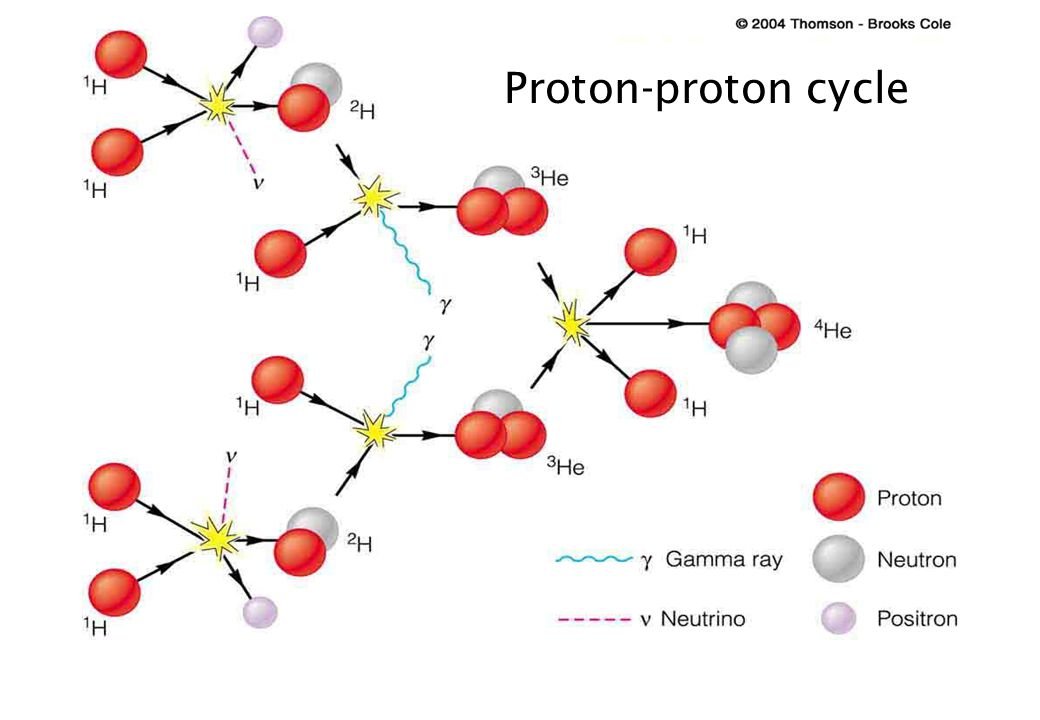
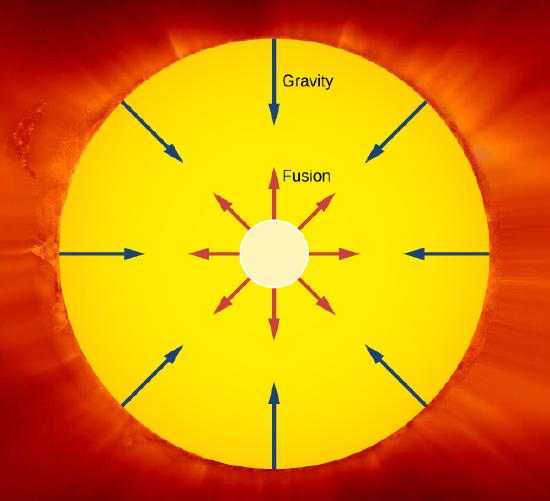
We’ve known for decades that if we could harness the power of fusion our energy problems would be over. We could obtain huge amounts of energy from a cheap fuel; there are two atoms of hydrogen in every molecule of water after all, and do so without producing any CO2 or other pollutants to poison our planet. Not only that but fusion is safer than nuclear fission because there are no long term radioactive waste products produced and since fusion requires such extreme conditions if anything goes wrong the whole reaction instantly shuts down. In other words no Chernobyls.

So physicists and nuclear engineers have been working on the development of a fusion reactor since the 1950s, so far without success. The conditions needed to produce fusion, millions of degrees under enormous pressure are simply so difficult to achieve and sustain that for decades a successful experiment was one that lasted for milliseconds.
There has been progress however and in just the last ten years the second barrier has been broken. The current record, just achieved on the 24th of November, is continuous operation for 20 seconds at a temperature of over 100 million degrees Celsius. That success was made by the Korean Superconducting Tokamak Advanced Research (KSTR) project located in the City of Daejeon in South Korea.
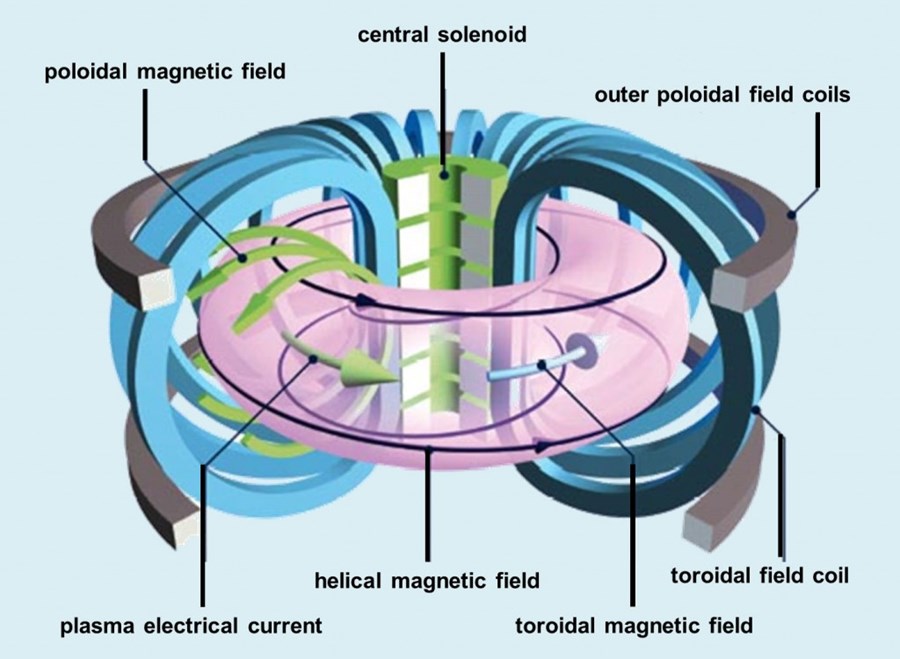
KSTAR is a Tokamak design where the hydrogen atoms are heated until they break apart into protons and electrons forming what is known as an electrically charged plasma. This plasma is then contained within a doughnut shaped ring by powerful magnetic fields. The plasma is then further heated by a variety of means such as radio frequency heating, just like your microwave, or neutron beam injection. If the plasma can be kept enclosed within the doughnut and brought up to high enough temperature fusion can be achieved. For the last 70 years containment has been the problem.
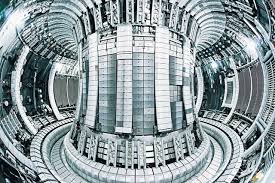
In KSTAR the doughnut containment vessel is 1.8m across with a thickness of 0.5m. The major improvement in KSTAR has been the use of superconducting magnets generating a field of 3.5 Tesla, that’s about 70,000 times the strength of Earth’s magnetic field, a field strong enough to contain a maximum plasma current of 2 million amperes.
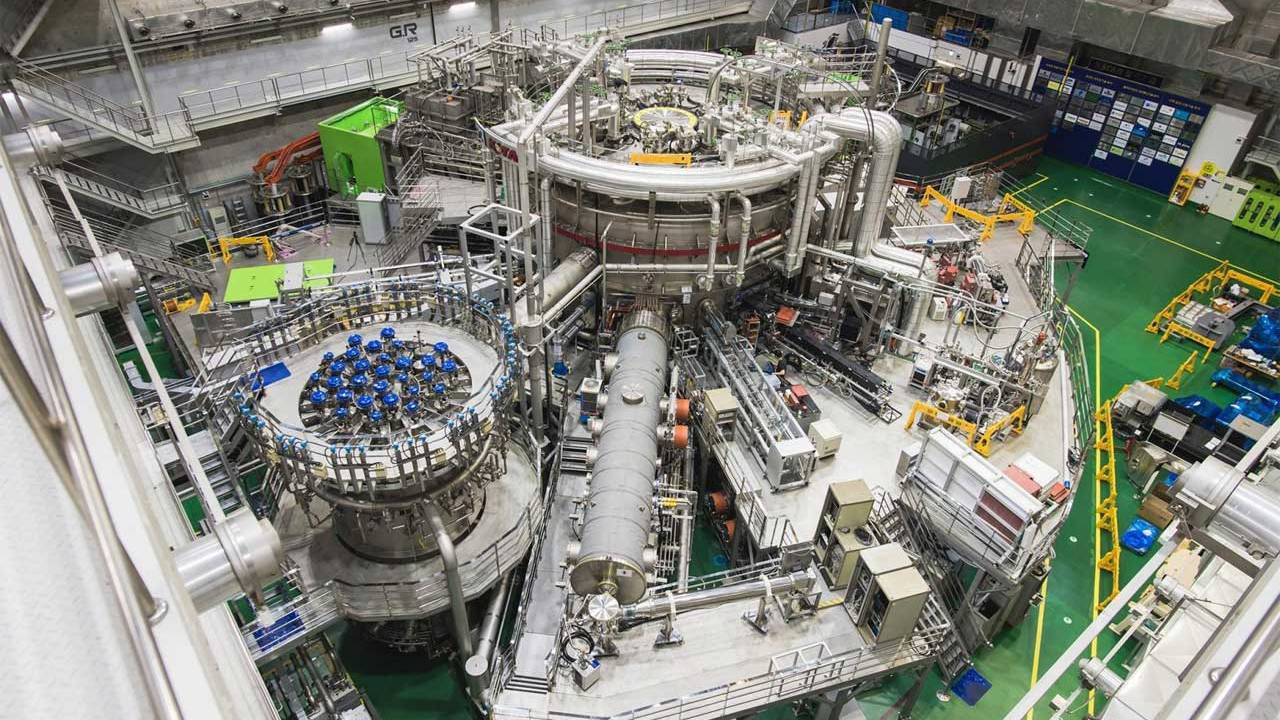
And KSTAR is not the only Tokamak based experimental reactor trying to push forward the technology needed to make fusion power a reality. In fact KSTAR is just one facility in the largest multi-national scientific program ever, the International Thermonuclear Experimental Reactor or ITER. With seven main partners, the European Union, Russia, the US, China, India, Japan and South Korea, and 35 other contributing nations the goal of ITER is a Tokamak reactor that will actually produce more energy than it requires in order to run.
Construction of the ITER reactor is already underway in the Provence region of southern France with a scheduled completion date of 2025. The planned energy output of ITER is 500 Mega Watts for as long a time as twenty minutes. Experiments at ITER are expected to run from 2025 to 2035.

But ITER will still be an experimental reactor; there are no plans to even attempt to produce useful electricity from the heat generated by the reactor. Instead the lessons learned from ITER will be used to finally build and operate a commercial power plant using nuclear fusion. This planned power plant has tentatively been named DEMO although at present it has not been decided whether DEMO will be an actual reactor or a design that contributing member nations can then use to construct commercial power plants in their own countries. So there is real progress being made. Someday, in the not too distant future we will finally achieve the production of energy by nuclear fusion. However it is worth remembering that back in the 1960s people were predicting that fusion power was only 20 years away. That prediction has since become something of a joke. ‘Fusion power is 20 years away, and always will be!”
